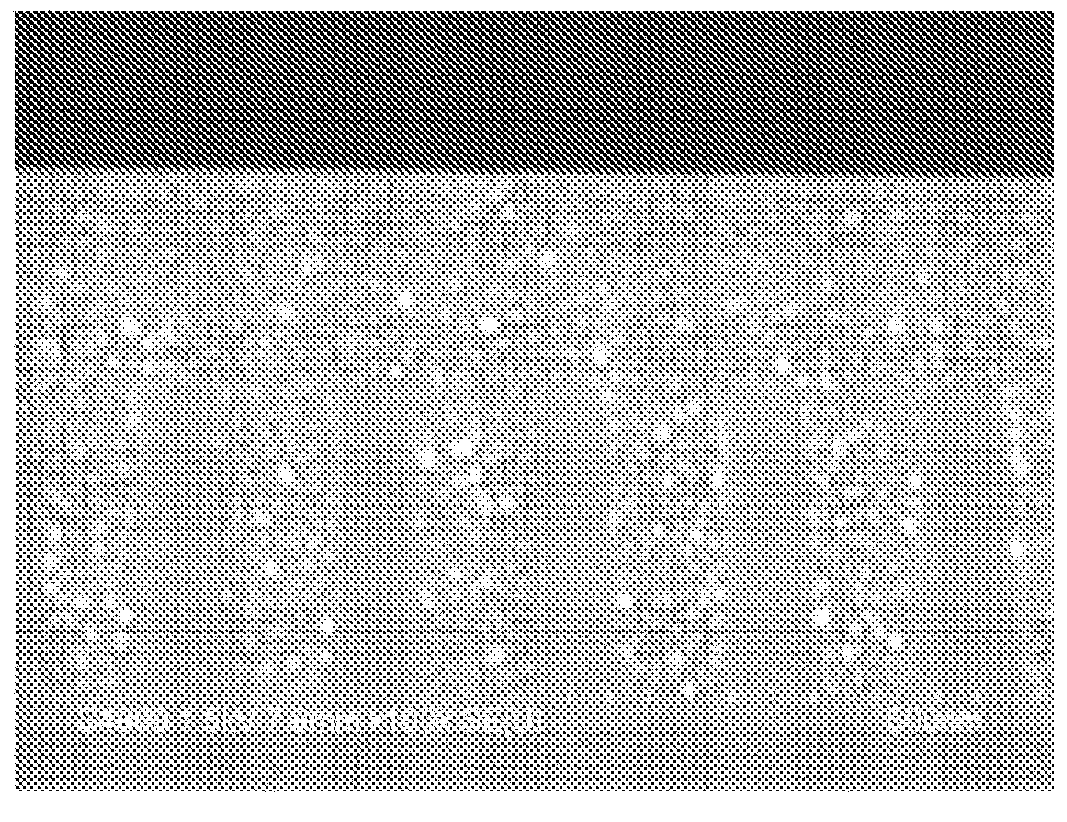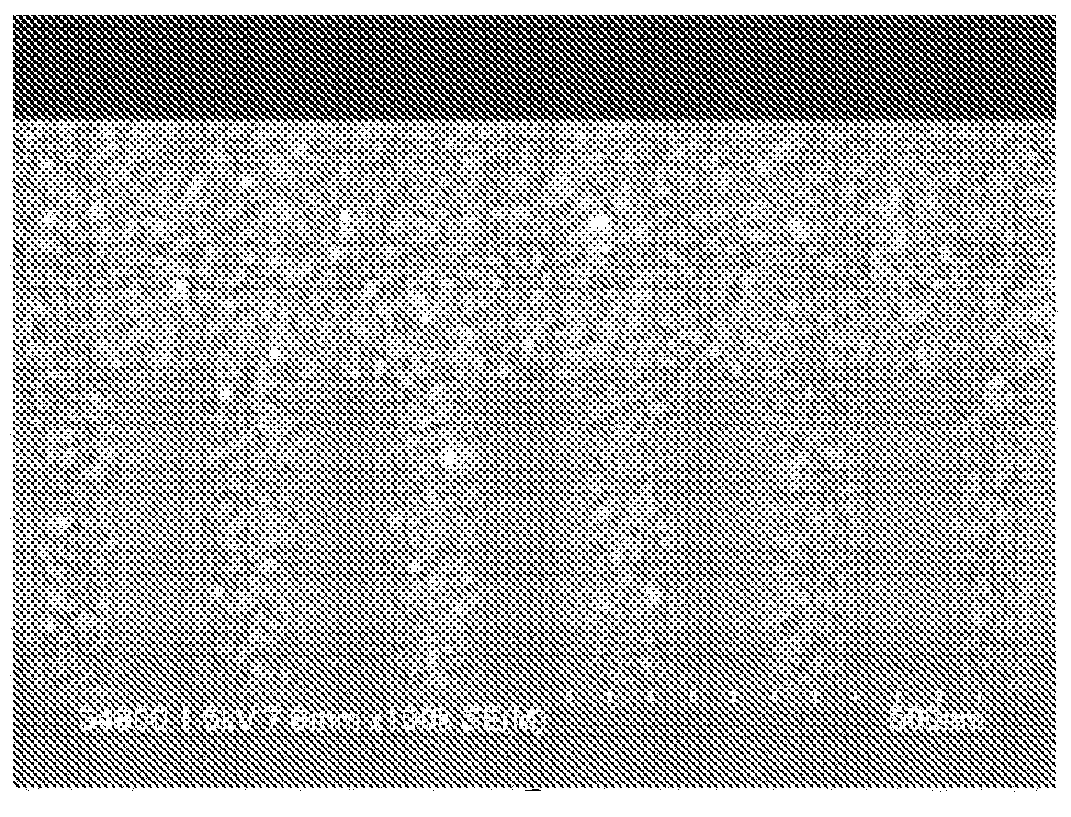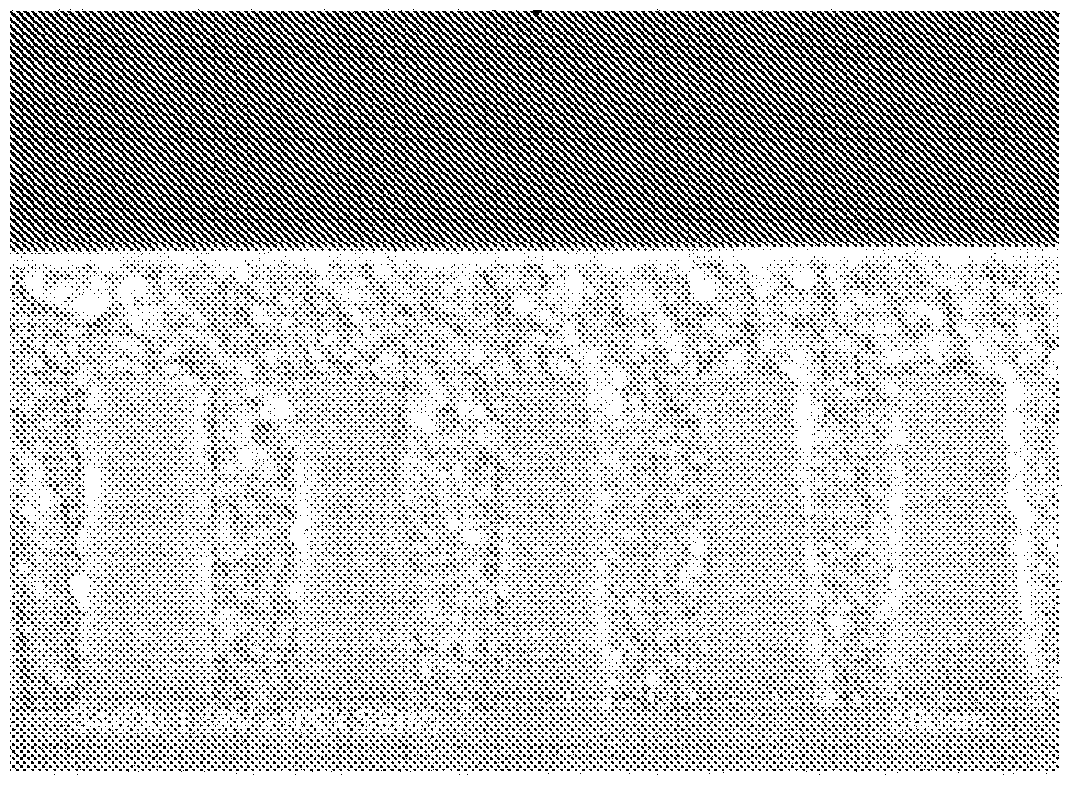Resist underlayer film-forming composition which contains phenylindole-containing novolac resin
一种抗蚀剂下层、下层的技术,应用在图纹面的照相制版工艺、用于光机械设备的光敏材料、光学等方向,能够解决难以获得抗蚀剂图案膜厚等问题,达到充分蚀刻耐性的效果
- Summary
- Abstract
- Description
- Claims
- Application Information
AI Technical Summary
Problems solved by technology
Method used
Image
Examples
Synthetic example 1
[0121] In the 100mL four-necked flask, add 2-phenylindole (4.00g, 0.021mol, produced by Tokyo Chemical Industry Co., Ltd.), 1-naphthaldehyde (3.23g, 0.021mol, produced by Tokyo Chemical Industry Co., Ltd.), Toluenesulfonic acid monohydrate (0.619 g, 0.0031 mol, manufactured by Kanto Chemical Co., Ltd.), and toluene (14.58 g, manufactured by Kanto Chemical Co., Ltd.) were added, then stirred, and the temperature was raised to 110°C to dissolve and start polymerization. After 50 minutes, it was left to cool to room temperature, and then reprecipitated in methanol (300 g, manufactured by Kanto Chemical Co., Ltd.). The obtained precipitate was filtered and dried in a vacuum dryer at 50° C. for 10 hours to obtain 4.5 g of the target polymer (formula (2-2), hereinafter abbreviated as PId-NA).
[0122] The weight-average molecular weight Mw of PId-NA measured in terms of polystyrene using GPC was 2400, and the polydispersity Mw / Mn was 1.35.
Synthetic example 2
[0124] In the 100mL four-neck flask, add 2-phenylindole (3.50g, 0.018mol, manufactured by Tokyo Chemical Industry Co., Ltd.), 1-formaldehyde pyrene (4.17g, 0.018mol, manufactured by Tokyo Chemical Industry Co., Ltd.), p-toluenesulfonic acid monohydrate (0.541g, 0.0027mol, manufactured by Kanto Chemical Co., Ltd.), and then add 1,4-di Alkane (15.25 g, manufactured by Kanto Chemical Co., Ltd.), was then stirred, and the temperature was raised to 110° C. to dissolve and start polymerization. After 24 hours, it was left to cool to room temperature, and then reprecipitated in methanol (250 g, manufactured by Kanto Chemical Co., Ltd.). The resulting precipitate was filtered and dried in a vacuum drier at 50° C. for 10 hours and further at 120° C. for 24 hours to obtain 3.7 g of the target polymer (formula (2-7), hereinafter abbreviated as PId-Py).
[0125] The weight-average molecular weight Mw of PId-Py measured in terms of polystyrene using GPC was 1600, and the polydispersity M...
Embodiment 1
[0131] 0.06 g of Megaface R-30 (manufactured by Dainippon Inky Chemical Co., Ltd., trade name) as a surfactant was mixed with 20 g of the resin obtained in Synthesis Example 1, and they were dissolved in 80 g of propylene glycol monomethyl ether acetate. to form a solution. Thereafter, it was filtered through a microfilter made of polyethylene with a pore size of 0.10 μm, and further filtered through a microfilter made of polyethylene with a pore size of 0.05 μm to prepare a resist underlayer film for use in a photolithography process using a multilayer film. solution of the composition.
PUM
| Property | Measurement | Unit |
|---|---|---|
| polydispersity index | aaaaa | aaaaa |
| polydispersity index | aaaaa | aaaaa |
| polydispersity index | aaaaa | aaaaa |
Abstract
Description
Claims
Application Information
 Login to View More
Login to View More - R&D
- Intellectual Property
- Life Sciences
- Materials
- Tech Scout
- Unparalleled Data Quality
- Higher Quality Content
- 60% Fewer Hallucinations
Browse by: Latest US Patents, China's latest patents, Technical Efficacy Thesaurus, Application Domain, Technology Topic, Popular Technical Reports.
© 2025 PatSnap. All rights reserved.Legal|Privacy policy|Modern Slavery Act Transparency Statement|Sitemap|About US| Contact US: help@patsnap.com



